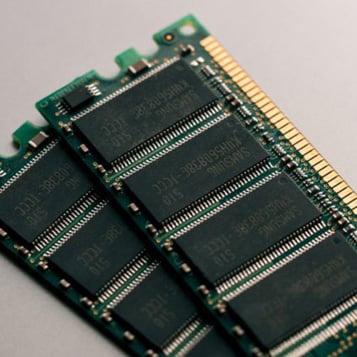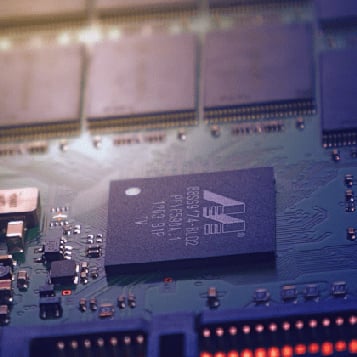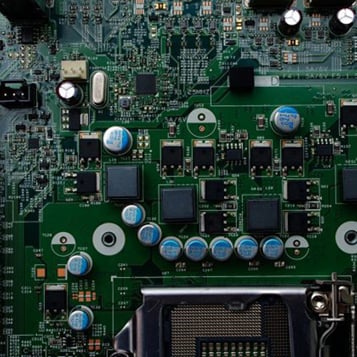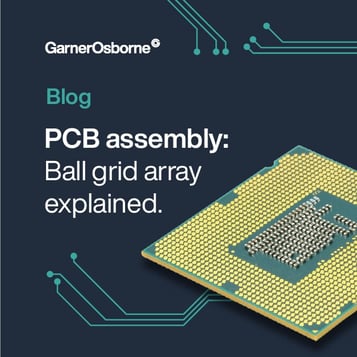How is Surface Mount Technology opening up new opportunities?
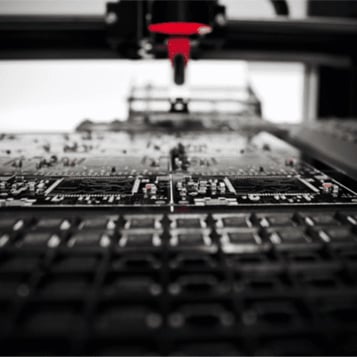
When speed is of the essence surface mount technology can offer an invaluable solution.
With the ability to place up to 10,000 components per hour, surface mount technology (SMT) can offer a speedy production option. But speed isn’t the only benefit of surface mount technology.
What is SMT?
SMT is by far the most popular approach to PCB assembly today.
Its popularity, helped by the benefits of convenience, speed and reliability means that many of today’s PCBs rely on SMT Technology.
What’s more, this clever solution has meant that the intricate task of pre-forming cables to connect components to PCBs could largely be relegated to the past.
However, SMT isn’t all about speed and convenience.
There are many other benefits to using SMT in PCB manufacture.
Today, where there’s a constant pressure for smaller, more versatile devices that offer increasing capabilities, SMT opens up a whole new realm of opportunity in product design. Here are 5 of the key benefits of using surface mount technology.
1. Minimise your PCBs
SMT allows for the use of smaller components and more of them than traditional cabled connections would allow for – perfect in light of constant demand for smaller PCBs for smaller devices.
2. Increased reliability
As SMT components are soldered directly onto the surface of the PCB, there are fewer mechanical connections than with through-hole components. This reduces the risk of connection failure due to vibrations or mechanical stress, resulting in increased final product reliability.
3. Enhanced performance
Surface mount components offer better high-frequency performance compared to through-hole components. This is because SMT components have shorter lead lengths and reduced parasitic capacitance and inductance, resulting in improved signal integrity and overall performance of the electronic device.
4. Cost-effectiveness
While the initial setup costs for SMT assembly may be higher than through-hole assembly, the overall cost per unit tends to be lower. This is because surface mount assembly allows for higher component density and faster assembly times, leading to reduced labour costs and material waste.
5. Design flexibility
Surface mount technology enables designers to create more compact and innovative PCB layouts. With the ability to place components on both sides of the board and closer together, designers have greater flexibility in optimising board space and creating more complex and feature-rich electronic devices.
Conclusion:
In conclusion, surface mount technology is revolutionising the electronics industry by offering a host of benefits that traditional through-hole assembly methods cannot match. From increased speed and reliability to enhanced performance and design flexibility, SMT opens up new opportunities for product designers and manufacturers alike. By embracing surface mount technology, companies can stay ahead of the curve, meeting the demands for smaller, more versatile, and high-performance electronic devices. As technology keeps evolving, surface mount technology will definitely play a vital role in driving innovation and shaping the future of electronics.
